PREVENTIVE DENTISTRY
“PREVENTION IS BETTER THAN CURE”
Get in touch with us today!
It is rightly said that “PREVENTION IS BETTER THAN CURE”. We recognize patients at high risk for caries/decay, gum disease and give them preventive treatment to decrease their chances of acquiring the above problems.
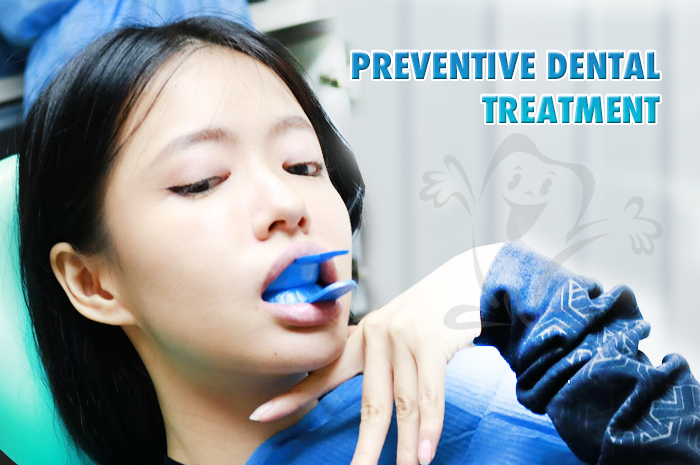
A) Fluoride Application
Enamel is the hardest entity that covers the entire crown in the oral cavity. It is made up of 95-98% minerals. Mostly calcium and phosphate but traces of magnesium, fluoride are also present. The tooth is bathed with lot of acids and sugary substances in the mouth through the day. This acid causes disintegration of the mineral content of the enamel called demineralization leading to tooth caries and loss of tooth structure. Minerals like fluoride, calcium, phosphate present in food can remineralize the lost minerals from the tooth surface. This most likely occurs in children as their capacity to keep the mouth clean is low.
Tooth pastes
Mouth rinses
Fluoridated Water
Varnishes or gels
Children cannot use mouthrinses/ toothpastes as there are high chances of swallowing them. Water contains very less amount of fluoride thus topical application is the best choice. Hence, fluoride varnish/gel application comes to their rescue.
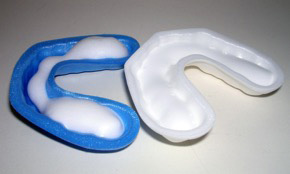
After complete scaling of the teeth, fluoride gel/varnish is applied on upper and lower arch foam tray just sufficient enough to cover only the teeth. The teeth are dried with air spray and the loaded tray is inserted in the mouth. The patient is asked to bite on the tray for 1-3 minutes. After that the tray is removed and the patient is told to spit the excess gel from the mouth.
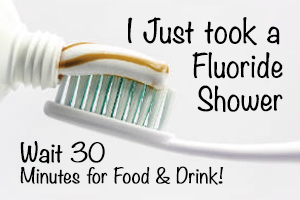
The patient is told to refrain from eating or drinking anything, brushing or rinsing the mouth for next half an hour.
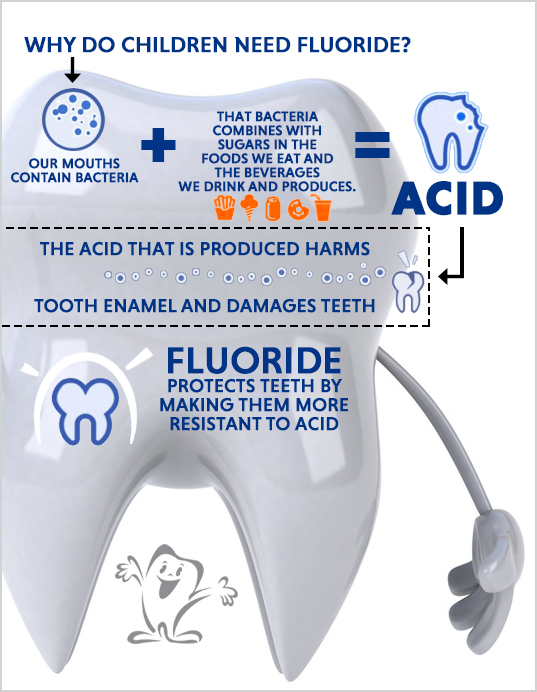
High concentration of fluoride directly applied on the affected area
Reduces risk of tooth decay and sensitivity
Immediately after application the teeth can appear dull or yellow but once the gel is removed by brushing the teeth get their original colour back. Too much application can cause fluorosis wherin the tooth appears mottled/patchy. Hence avail this treatment every 4-6 months if proper oral hygiene of the child is maintained.
B) Tooth Sealants/ pit and fissure sealants
Children as well as adults having deep grooves present on the chewing teeth. These grooves cannot be cleaned by bushing as they are very narrow and deep, thus the bristles cannot reach till their depth. If food gets lodged deep inside these grooves, it cannot be cleaned by regular brushing also. These areas then harbour bacteria that cause dental caries/decay. They are applied in patients who are falling under the high risk caries category or having poor oral hygiene as well as patients undergoing orthodontic treatment.
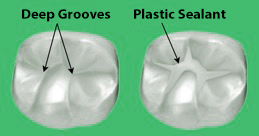
These sealants are a plastic material applied on the chewing surface of the teeth. They flow inside the fissures and block them. It forms a hard layer over the tooth that keeps food debris and bacteria at bay. Hence bacteria cannot survive and caries is prevented. Recent sealants are resin and glass ionomer based. Some resins also have fluoride incorporated in them that gives extra prevention from decay.
Mostly the tooth in question is the first molar as it erupts first in the oral cavity and it tends to have lot of developmental grooves. The tooth is cleaned and a solution is applied that causes better adhesion of the sealant to the tooth. After this the sealant is applied on the tooth surface which is either light cured or it sets by itself.
These sealants tend to abrade with time. They can be retained in oral cavity upto around 5 years.
C) Gum Health Screening
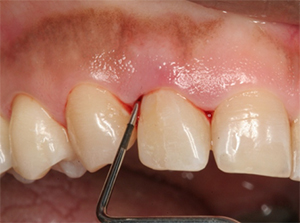
The gums are most affected by the plaque accumulated on the teeth. They tend to get inflamed and bleed on brushing. So the prime priority is to keep the teeth and gums free from plaque and tartar. For this a regular check up with the dentist is required. The dentist examines the oral cavity and identifies susceptible teeth and explains the right way to brush. This reduces the amount of plaque on the tooth surface reducing the inflammation of the gums.
In case you are in a dilemma regarding your oral health feel free to contact us at V4U Dental Care & Implant Centre to get your teeth checked and shoo away your dental fears.
